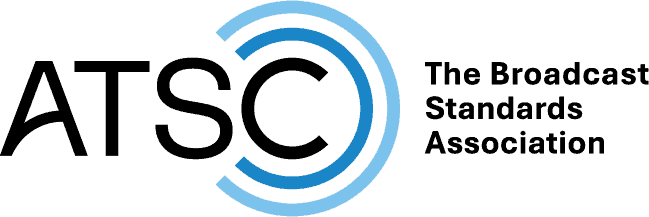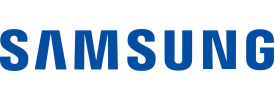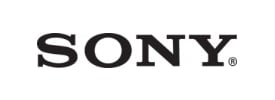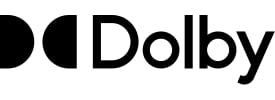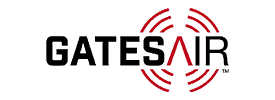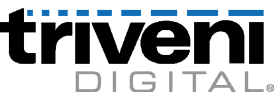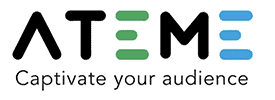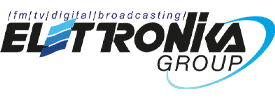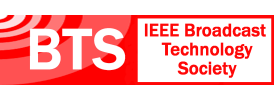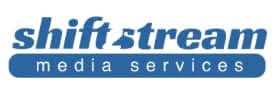- About
- Members
- Sponsors
- Subcommittees
- Technical Documents
- News
- Events
- Spotlight ATSC 3.0
- Contact Us
- Member Login
- Member Meetings
- Advanced Search
Search Site
Member Links
- About
- Members
- Sponsors
- Subcommittees
- Technical Documents
- News
- Events
- Spotlight ATSC 3.0
- Contact Us
- Member Login
- Member Meetings
- Advanced Search
ATSC Issues Dominate 2013 IEEE Broadcast Symposium
Posted on November 7, 2013 in ATSC News
ATSC-related activities were front and center at the 2013 IEEE Broadcast Symposium held on Oct. 9-11 in San Diego.
The BTS Administrative Committee decided this year to break with a many decade tradition and move the symposium out of the Washington, DC area, and they will be on the road in the coming years.
With the current progress on ATSC 3.0, the majority of IEEE Broadcast Symposium presentations were directly or indirectly focused on opportunities in front of the ATSC. Here’s a quick summary of the three-day confab.
Wednesdays have become “tutorial day” at the annual symposium, and of special interest to the ATSC, this year’s tutorials were focused on next-generation broadcasting:
- The day began with presentations by Kent Walker of Qualcomm and the Andrew Murphy of the BBC on eMBMS/LTE and DVB-T2, respectively, which are two broadcast systems on the table at the ATSC.
- These were followed by a presentation on CMMB, the mobile television system in deployment in China. Wednesday afternoon was turned over to video and audio coding. Dr. Yan Ye of InterDigital gave a summary of MPEG’s progress of HEVC. She gave particular attention to HEVC’s application to broadcast.
- The remainder of tutorial day focused on new audio coding, including presentations by Jeffrey Riedmiller of Dolby, Jean-Marc Jot of DTS and Graham Jones representation Fraunhofer. Each provided a summary of their firm’s respective codecs, which are all expected to be under consideration by the ATSC.
Thursday morning moved into new technology for television. Rich Chernock presented Triveni Digital’s view of a future home content network and how it might work. Rich later provided an update on ATSC 2.0 and what it might bring to broadcasters. Pablo Angueira of the University of the Basque Country in Spain discussed cost and planning factors for various future broadcast configurations, providing a possible mechanism for broadcasts making future technology choices in their future broadcast plants. Jim Kutzner provided an update on the ATSC’s work in developing ATSC 3.0, and Young-Woo Suh gave a summary of KBS’s successful UHDTV broadcasts in Korea.
Thursday afternoon was devoted to solutions for broadcasting. Merrill Weiss provided an update on his work on identifying sources of, and measurement of Passive Intermodulation (PIM). Weiss was later an award for the best paper of the 2012 Symposium on the same topic. Former ATSC Board Chairman Wayne Luplow of LG Electronics/Zenith gave a presentation on the Mobile Emergency Alert System (M-EAS) and the ATSC M-EAS Implementation Team’s progress. Tom King of Kintronic Labs provided a summary of new techniques in AM Directional antenna voltage sampling. Prabhu Hosur of AT&T Labs provided a glimpse of their work in video quality measurement in adaptive bit rate streaming.
Friday morning focused on radio technologies including a presentation by Al Salci of Sierra on AVB, audio over Ethernet for professional applications, and later a presentation by Gregory Shay of Telos on audio over IP in the studio. Timothy Terriberry of Mozilla gave a summary of his Opus audio codec and its capabilities and features. Friday afternoon included panel discussions on C-band interference and the international efforts to control it.
Next year the Symposium heads to San Antonio. Be looking for announcements in the coming months.
Posted in ATSC News
News Categories
News Archives
Subscribe
Subscribe to The Standard, our monthly newsletter. Learn More
Join ATSC
ATSC is a membership organization with both voting and observer categories. Voting members include corporations, nonprofit organizations, and government entities, and they participate actively in the work of ATSC. Observers are individuals or entities not eligible to be a voting member.
Subscribe to our Newsletter
Subscribe to The Standard, our monthly newsletter, to stay up-to-date with ATSC news and events around the world.
Site Links
Contact Us
Advanced Television Systems Committee, Inc.
1300 I Street NW, Suite 400E
Washington, DC 20005
Do you have questions about ATSC?
About ATSC
The Advanced Television Systems Committee, Inc., is an international, non-profit organization developing voluntary standards and recommended practices for digital terrestrial broadcasting. ATSC member organizations represent the broadcast, broadcast equipment, motion picture, consumer electronics, computer, cable, satellite, and semiconductor industries. ATSC also develops digital terrestrial broadcasting implementation strategies and supports educational activities on ATSC standards.
© 2025 ATSC
